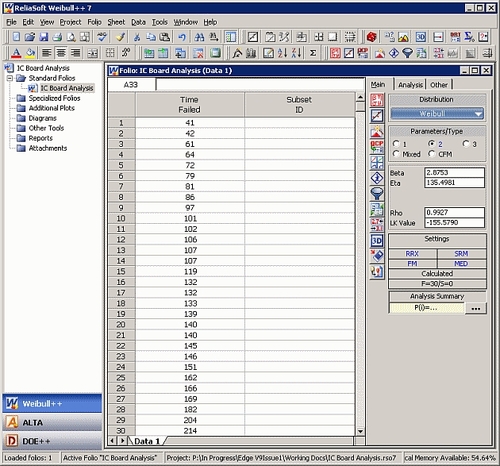Telcordia Sr 332 Handbook 44
• • • • • Standards based reliability prediction is a methodology for predicting the reliability of a product by using failure rate estimates published in globally recognized standards. Ware Wan Lan Bandwidth Traffic Monitoring. It is usually conducted during the concept and design phase of product development, where test data are not yet available.
Mixing Reliability Prediction Models Maximizes Accuracy. Telcordia Technologies Special Report SR-332). Or Telcordia, and also refer to The Handbook of. MIL-217 * Bellcore/Telcordia * FIDES * NSWC Mechanical. Standard including the latest SR-332 Issue 3, issued by Telcordia. The Handbook of Reliability.
With the release of Version 9, now supports four reliability prediction standards: MIL-HDBK-217F, Bellcore/Telcordia (SR-332), NSWC-07 and FIDES. This article focuses on the Bellcore/Telcordia standard. We will present an overview of the four versions of the standard that are supported by the software, and then give an example that uses the latest version of the standard, Telcordia SSR-332 Issue 3. Bellcore/Telcordia Standards The Telcordia reliability prediction procedure has a long and distinguished history of use in the telecommunications and electronics industry. During the past fifteen years, four versions of the standard have been published: • Bellcore TR-332 Issue 6 (1997) • Telcordia SR-332 Issue 1 (2001) • Telcordia SR-332 Issue 2 (2006) • Telcordia SR-332 Issue 3 (2011) Each new version modifies the previous edition based on new data.

Telcordia Issue 1 made minor changes and updated the device failure rates published in Bellcore TR-332. In Telcordia Issue 2, several new devices were introduced and the generic device failure rates were updated. In addition, the standard deviation of the generic failure rate for each device was provided so calculations for the upper confidence bound of the failure rate were made possible.
Telcordia Issue 3, the latest version of the standard, introduced several major changes to Issue 2, including: • For many components, the generic device failure rates and their standard deviations were revised based on new data. • New data for fiber optic transceivers, hard drives and ferrite beads. • Extended range of complexity for several devices. • Updated formulas and FIT rates for integrated circuits. • New temperature curves for miscellaneous devices. • New levels for the environmental factor. With the release of Version 9, ReliaSoft’s Lambda Predict software allows you to choose any of these versions for your standards based reliability predictions.

Three Methods to Calculate Failure Rates Depending on the amount of data available, the Bellcore/Telcordia standards provide three methods to predict failure rates: • Method I (also known as the Black Box method) uses the generic failure rates defined by the Bellcore/Telcordia standard. • Method II allows you to supplement Method I with real data that you've obtained from testing. • Method III allows you to supplement Method I with real data that you've obtained from an identical or similar item operating in the field. In Lambda Predict, this method is broken down into the following cases: • Method III (a) indicates that the item in the prediction folio and the fielded item are identical, and are used under the same environmental conditions. • Use Method III (b) indicates that the item in the prediction folio and the fielded item are identical, but are used under different environmental conditions.